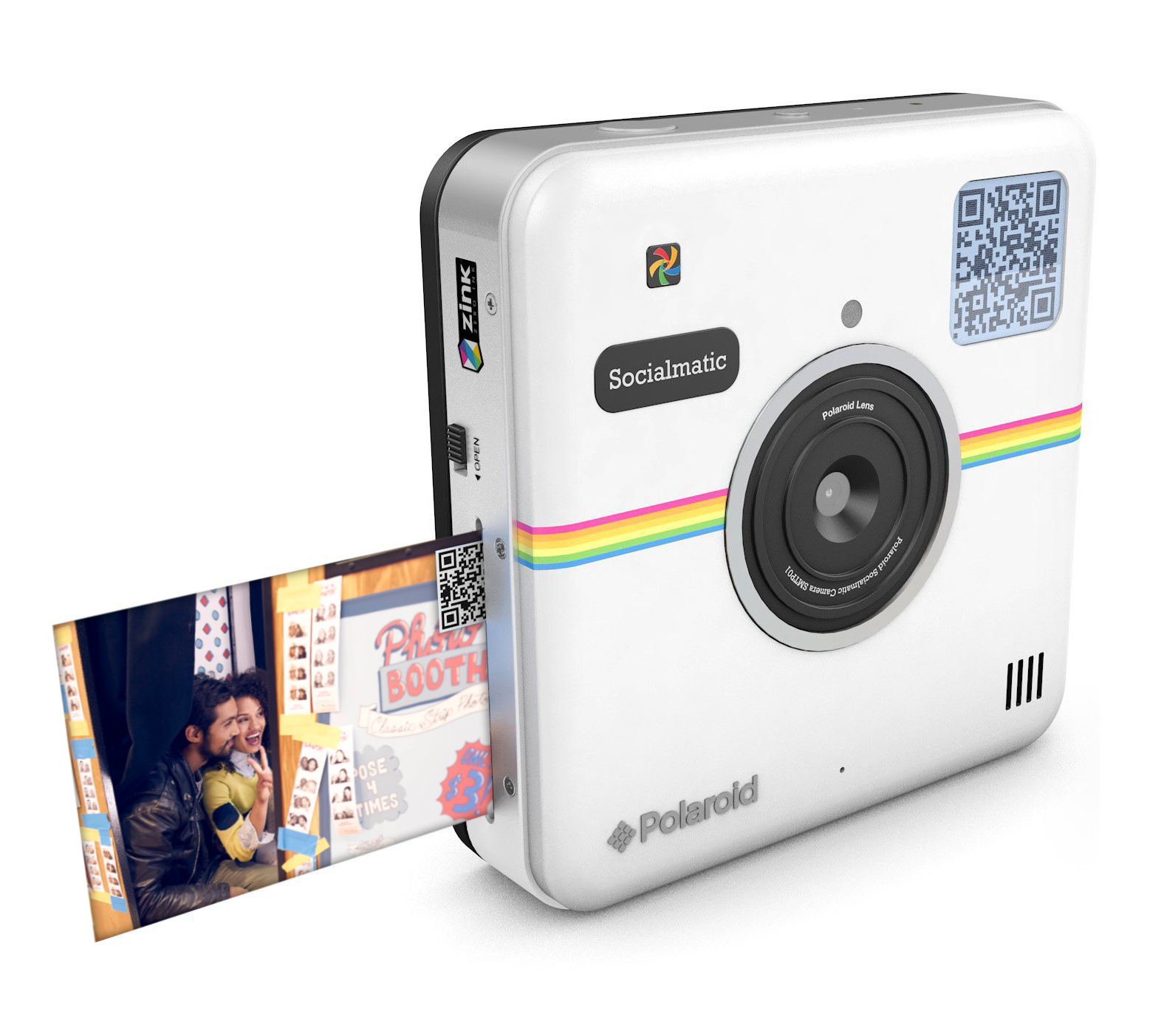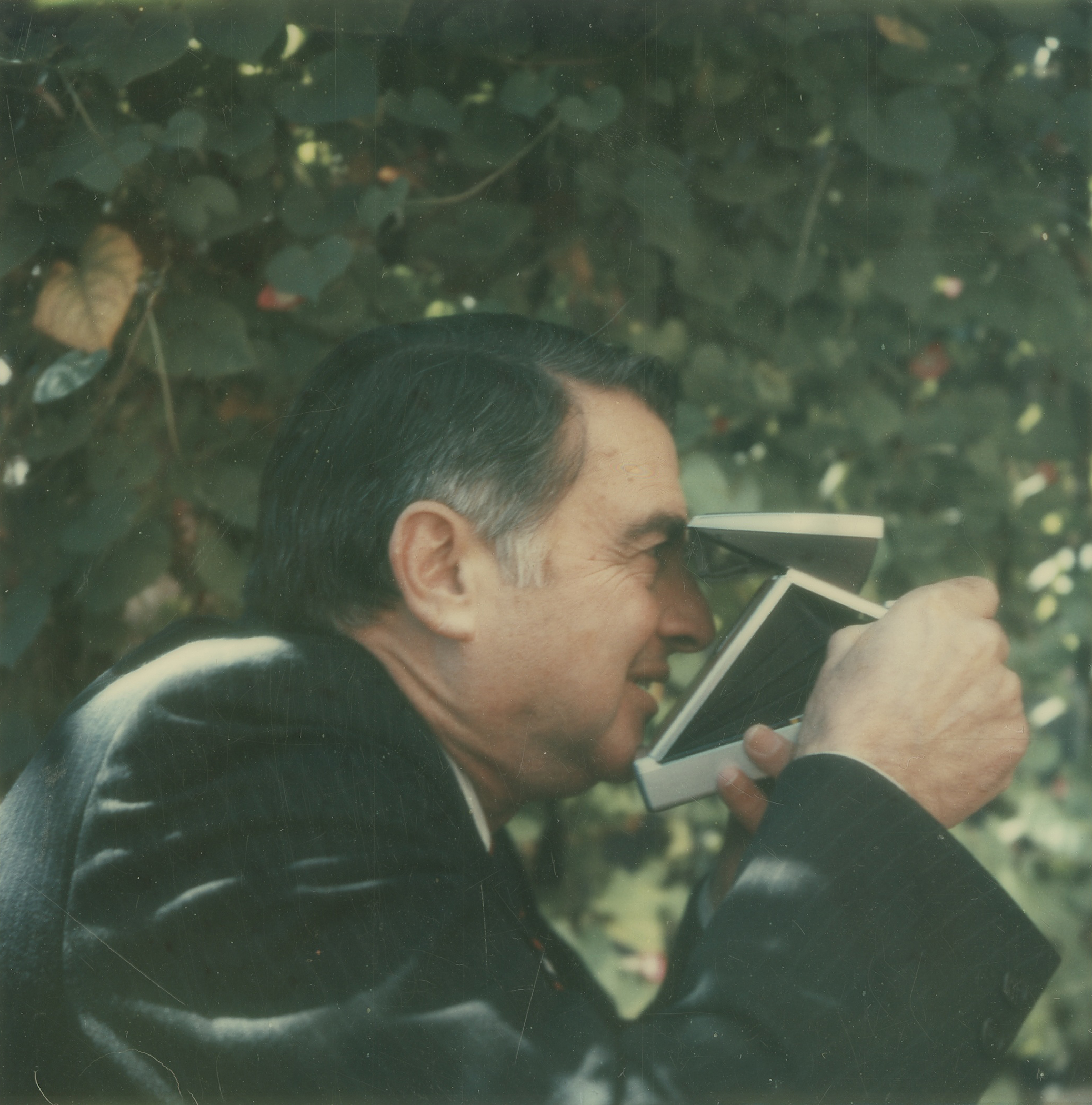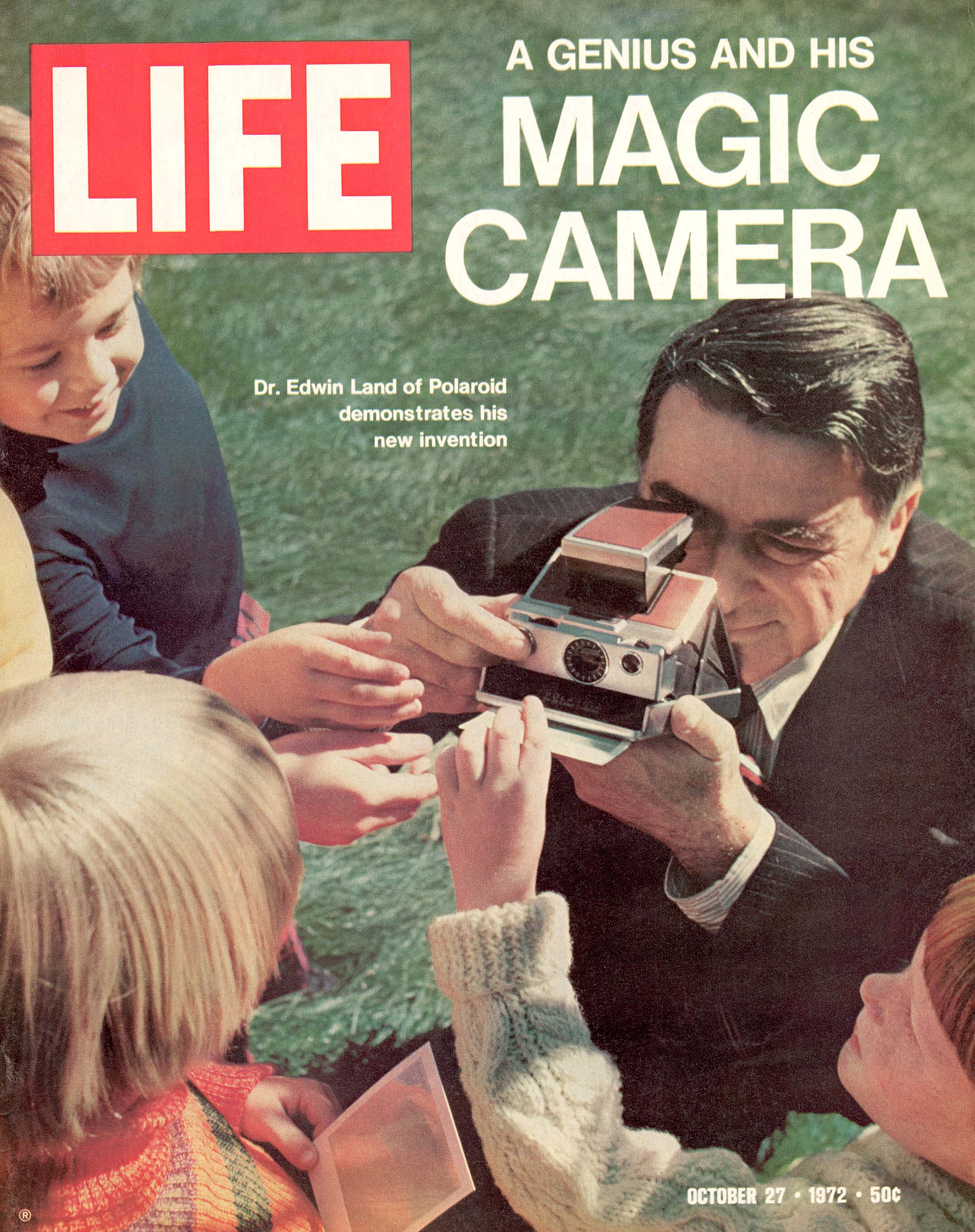
Polaroid, as a company that designs and builds some of the most iconic instant cameras and film in photographic history, is dead. The primary culprit was a too-slow adaptation to the digital age. But also to blame were bankruptcy proceedings and years-long legal battles that began in 2001 and weren’t sorted out until 2009—meaning Polaroid spent nearly a decade too distracted to make a serious effort to revitalize itself.
But Polaroid’s checkered past is now exactly that—history. The company’s new owners, Gordon Brothers Brands and Hilco Consumer Capital (The Pohlad Family Capital Fund has also invested), have had half-a-decade to renew the Polaroid brand, and those efforts are finally beginning to bear fruit. Instead of a company that researches and designs cameras and other gear in-house, the new Polaroid is setting itself up as a lifestyle brand, working with outside designers and other partners to put Polaroid’s iconic branding on products that match the company’s ethos—which CEO Scott Hardy described to TIME as being about fun, share-ability, ease-of-use and affordability.
“We’re no longer this large vertical operating company that has factories making film and thousands of employees around the world,” Hardy said Thursday at the Consumer Electronics Show in Las Vegas. “We’re really curators of innovation.”
A LIFE Photographer's Gorgeous Early Polaroids











Polaroid used this year’s CES to showcase four new products that perfectly demonstrate that new mentality: The Cube, an entry-level action camera about the size of four casino dice stacked together and designed by Ammunition, a California-based firm headed up by former Apple designer Robert Brunner; the Zip, an inkless mobile printer that makes two-by-three inch, sticky-back prints of your smartphone snaps; the iZone, a tiny zoom camera that uses your cellphone as a viewfinder; and the Socialmatic, a rectangular, Android-powered smart camera with a built-in inkless printer that harkens back to Polaroid’s days of yore.


All are novel, colorful products aimed squarely at photography-obsessed millennials and teens. And while you might not expect digitally-native kids to care much about instant-print photography in the days of Instagram and Snapchat, Hardy said his new products have been a hit, though he didn’t share precise sales numbers.
“[Teens] have been born into digital, born into touchscreens and having cameras with you on your phone,” Hardy said. “So to them, to see a single-purpose device designed to print the photograph you just took is magic. The biggest purchasers of our instant products are very much this teenage demographic who love instant photograph. And what they’re doing is, they’re taking photographs using our instant cameras, and then they take those hard photos they just got and they get their phone out and they take a picture and upload it to Instagram.”
Polaroid’s getting in on the software game, too. Just before CES, it announced a partnership with Blipfoto, an online photography community that limits users to uploading only a single photo every day. Blipfoto’s biggest selling point for users is that it can automatically cook up coffee table photo books after users are on the service for a year. Those photo books, says Hardy, give new value to users’ photographs in a time when the sheer number of images we capture makes each one a little more ephemeral and a little less valuable.
“[Blipfoto] goes back to this concept of curation, sharing and documenting and annotating something that has treasured value,” Hardy said. “It’s not locked in your shoebox in the attic anymore, it’s something that you can now share publicly but also turn into something physical.” Blipfoto Founder Joe Tree told TIME that his users’ response to the Polaroid parternship, which turned Blipfoto into Polaroid Blipfoto, has been “overwhelmingly positive,” a rare reaction in tight-knit Internet communities so often resistive to change of any kind.
Polaroid has no guarantee of instant success. While some young users might flock to its new Socialmatic and Zip instant-printing devices, it remains to be seen just how many millennials and teens really want tangible copies of their mobile photos—especially when the Socialmatic costs $299, the Zip $129 and the paper for either around $20 for 30 sheets. And shortly after Polaroid introduced the $99 Cube camera, GoPro, which dominates the action camera market, announced a $129 entry-level model called the Hero. Still, Hardy is confident there’s plenty of room for the new Polaroid to keep developing.
“We weren’t surprised that GoPro felt like it needed to respond,” he said. “We just feel like our product addresses a much different demographic. We’re here to grow the market, not steal share. If we wanted to do a me-too product, we would have. There are guys out there that do me-too type products that don’t have a brand and don’t have any kind of DNA around them. From our perspective that’s just not how we want to go to market.”
More Must-Reads from TIME
- Cybersecurity Experts Are Sounding the Alarm on DOGE
- Meet the 2025 Women of the Year
- The Harsh Truth About Disability Inclusion
- Why Do More Young Adults Have Cancer?
- Colman Domingo Leads With Radical Love
- How to Get Better at Doing Things Alone
- Michelle Zauner Stares Down the Darkness
Contact us at letters@time.com